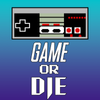Shinobi: Art Of Vengeance (2025)
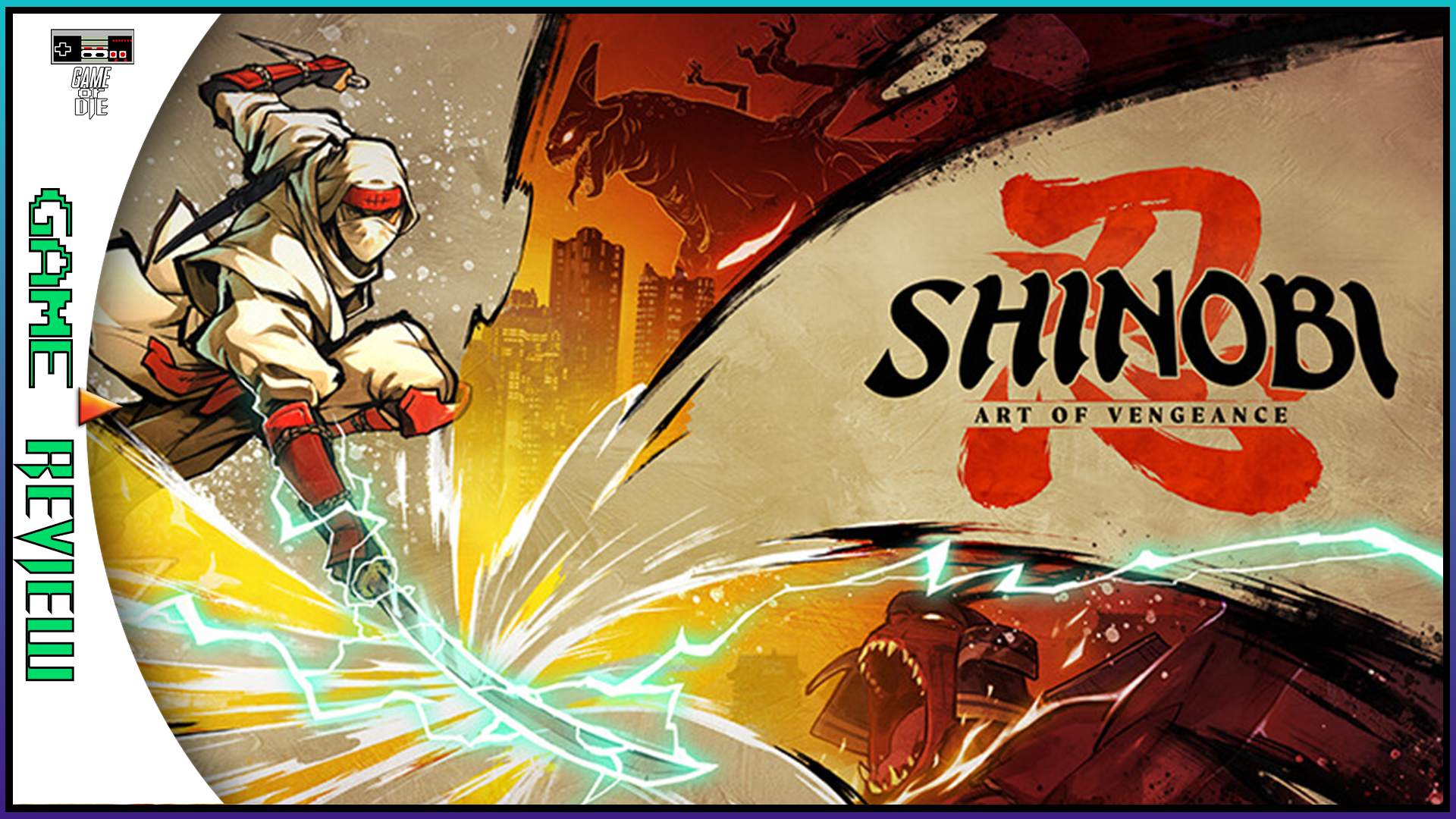
I grew up favoring the Sega Genesis as a kid, while I did have both the Super Nintendo and Genesis, I favored and was drawn to the clearly defined “mature” system, with its advertisements showcasing cooler, more mature kids with attitude. It’s a marketing tactic, but it worked on me. Games like Sonic and Kid Chameleon were rad, the ninja crazy was in full swing back in the early 90’s and games like Strider and Shinobi spoke deep to my desire to slice things up with a sword.
In Shinobi: Art of Vengeance, 'shinobi' refers to a ninja, a master of covert missions and mercenary work in feudal Japan. The protagonist, Joe Musashi, embodies this role, using stealth, agility, and combat skills to tackle dangerous missions. And while Joe is the protagonist in the earlier Genesis and Saturn games, this isn’t a continuation or sequel, but more of a reboot. It however does have some thematic nods and similar homages.
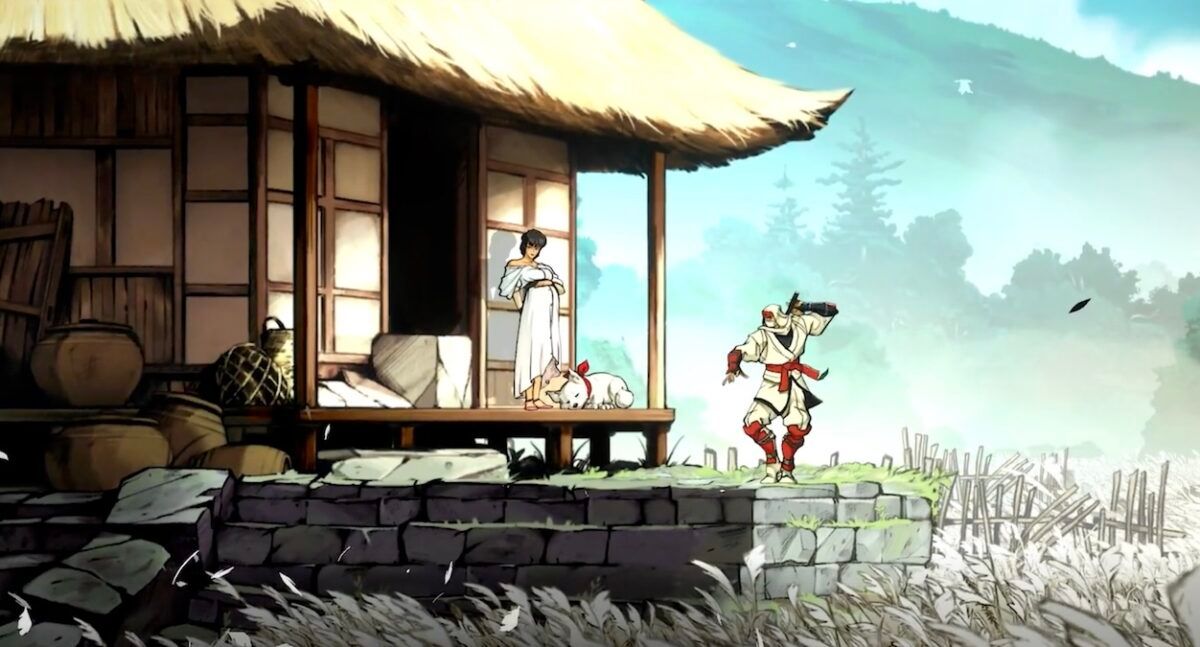
The game starts off with Joe returning home to spend time with his family and train his young protege. But upon arrival, Joe finds his village was burned to the ground and everyone turned to stone. The vengeful shinobi sets off to fight the evil ENE Corporation and its evil head boss, Lord Ruse, who are the ones that decimated his land and his Oboro Clan.
The game, while being a Exploratory Platformer, doesn't feature a singular open-world design, but instead is segmented off into levels. This keeps the pacing tight, and more linear than most in the genre, but I do find that it still has plenty of platforming, puzzles and combat encounters that kept me engaged the entire 17 hour playthrough. In fact, I enjoyed myself so much doing the optional side objectives like clearing out Elite Squads and searching for secrets that I ended up unintentionally getting a 100% completion rate (until the last hour or so of the game, when I went back to clean up levels for the one or two items I missed).
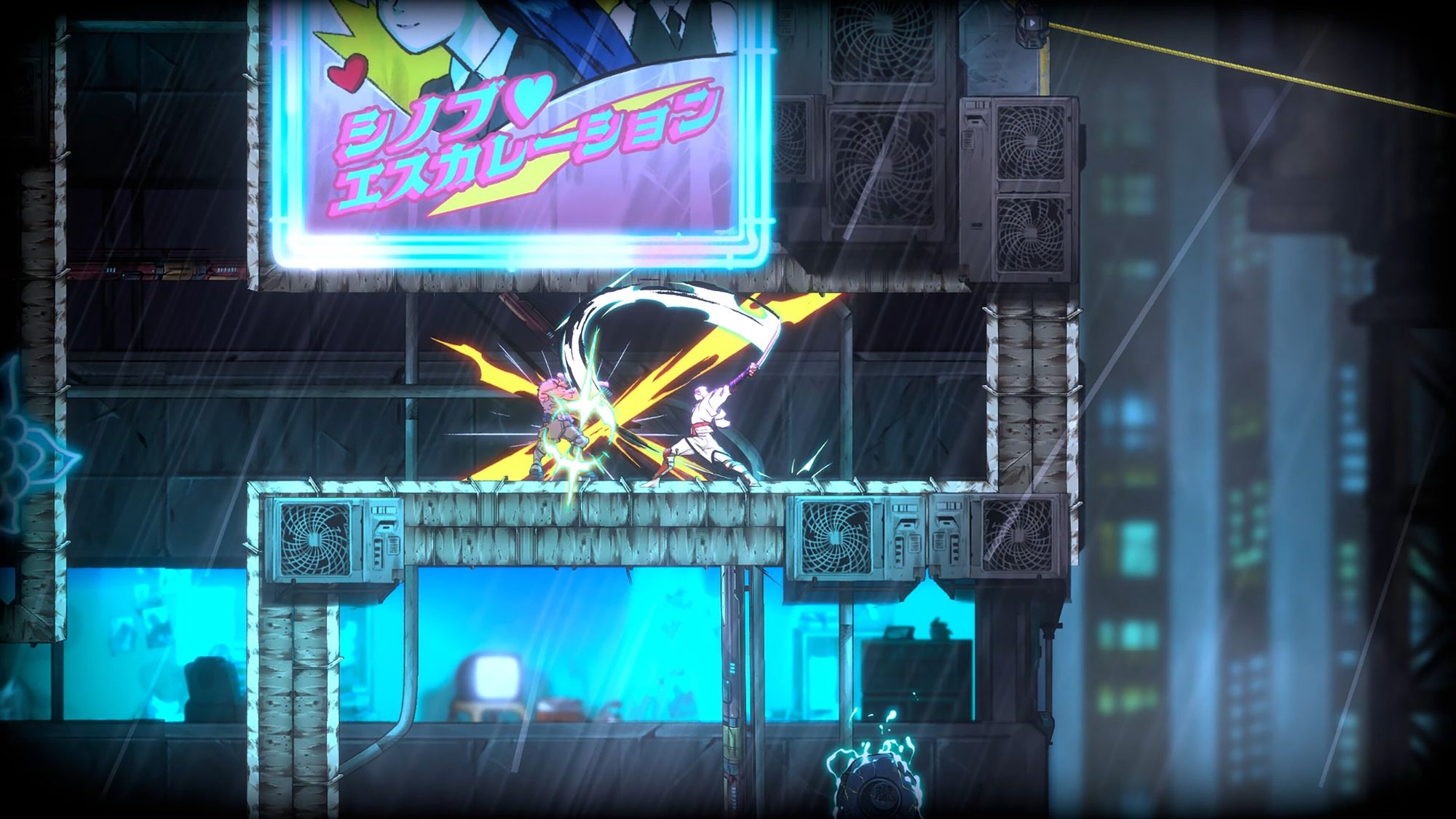
The moment I laid my eyes on the game it was apparent the crew at Lizardcube loved this franchise and deeply cared about it. The art direction blends hand drawn animation with the fluidity of classical Japanese black ink brush-stroke artwork. Everything evokes a near 80’s style anime such as Akira and adds beautiful highlights of flames or neon lights, which is apparent in Neo City or the final levels. I even found myself commenting that it felt like I was playing a off-shoot of Okami, especially with the white and red color scheme that Joe is rocking and the japanese white flower fields and cherry blossoms blowing in the wind.
The levels themselves are designed to drive the narrative of Joe facing overwhelming opposition, yet never dives into the “hard as nails” category that these games often feel they need to become. I found it a breath of fresh air to breeze through most of the game since its combat is solely based on skill and not memorizing attack patterns and animations. There are several times, and even the bosses that, of course have those easy to spot windup animations that require some basic pattern recognition, but never felt unfair or that I was required to memorize anything.
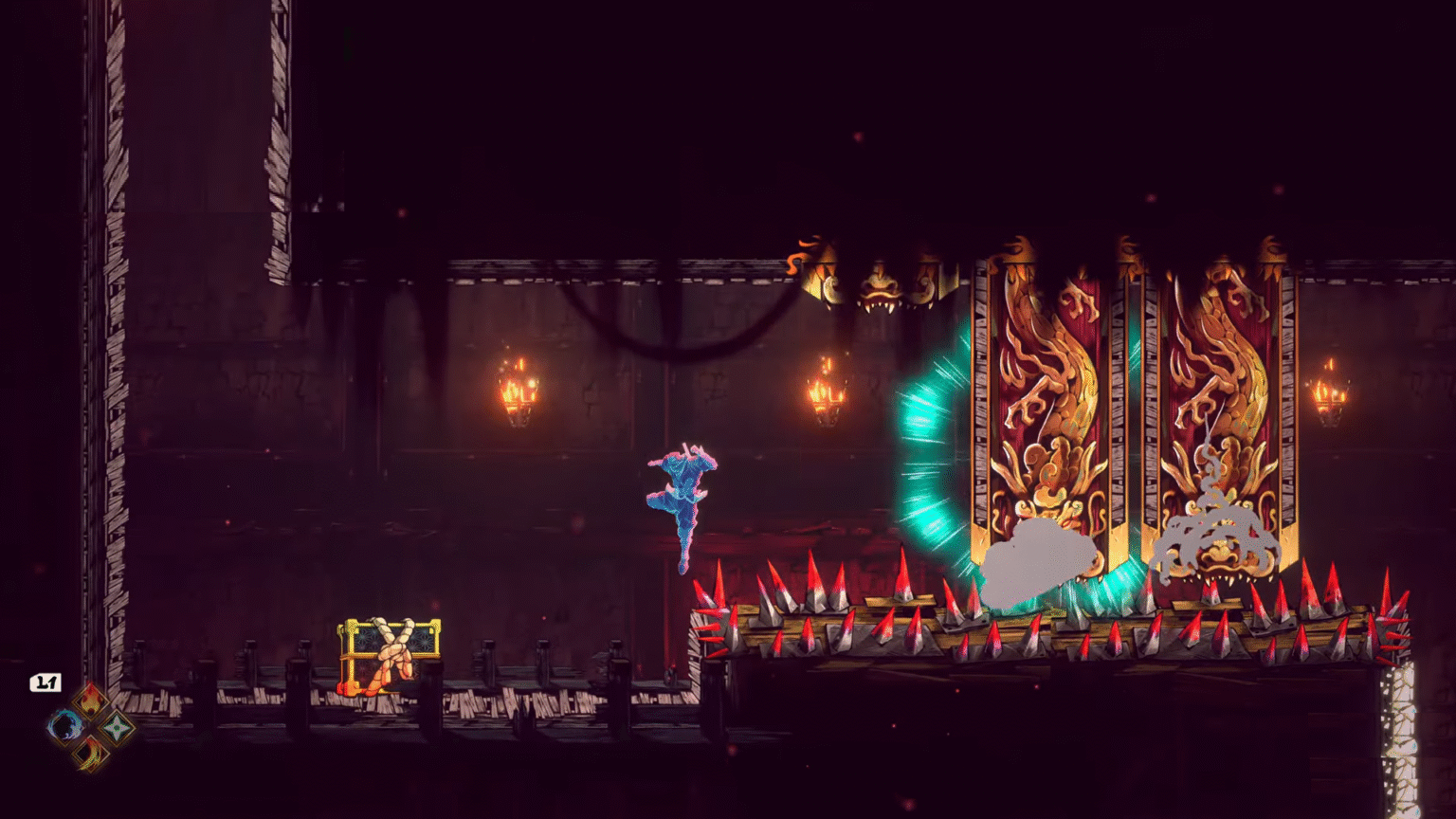
Fighting off each enemy is something that I found myself enjoying much more than I thought I was going to, Each enemy feels distinct and with its own move set and weapons. The health gauge above each enemy's head allowed me to know exactly when to back off to start throwing projectiles to build up the secondary bar which is the Execution Gauge. Once it becomes full, it allows Joe to perform a slow-motion ninja execution move with a flourish. It’s quite stylish and never becomes dull.
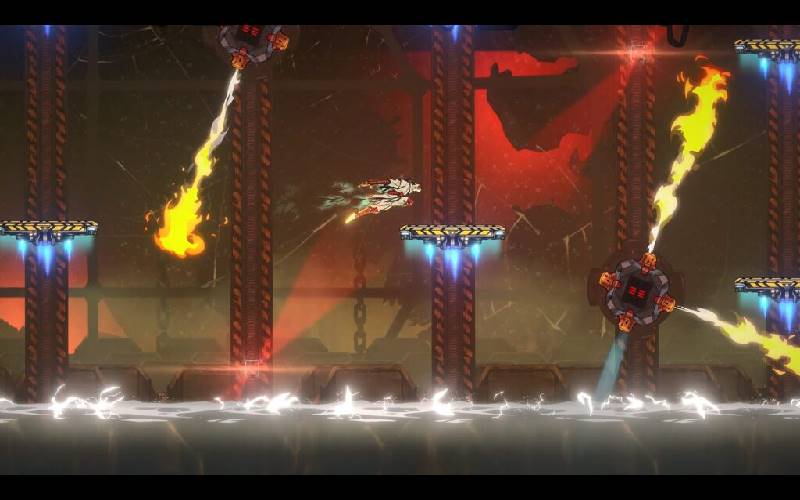
Each level is designed to allow for plenty of exploration and has tons of secrets and items to unlock and uncover. One of my favorites were the “void rifts” that unlock late in the game, and are tied to a specific character who enters the game a bit near the end. These Void Rifts are portals that transported me to a different dimension and required a few different challenges to be overcome. Either it was a purely platforming section with instant death, requiring perfect precision platforming and memorization of when and where to jump, dash and grapple. Or it was like a secondary Elite Squad challenge. After completing the challenge, a fragment of a Dark Katana was granted, which when collecting all segments unlocks the Dark Katana as a playable weapon.
Joe’s moveset becomes fairly robust at the end of the game. The progression felt evenly paced and there are enough areas where the upgraded moveset does come in useful. Which is one of the defining characteristics of the genre, impeding progress until a specific item or power has been obtained. Even with the upgrades to the Kunai, Joe’s throwable knives become necessary to learn when and where to be thrown, to build up specific enemy's execution gauges, allowing to daisy chain the execution move in a single go.
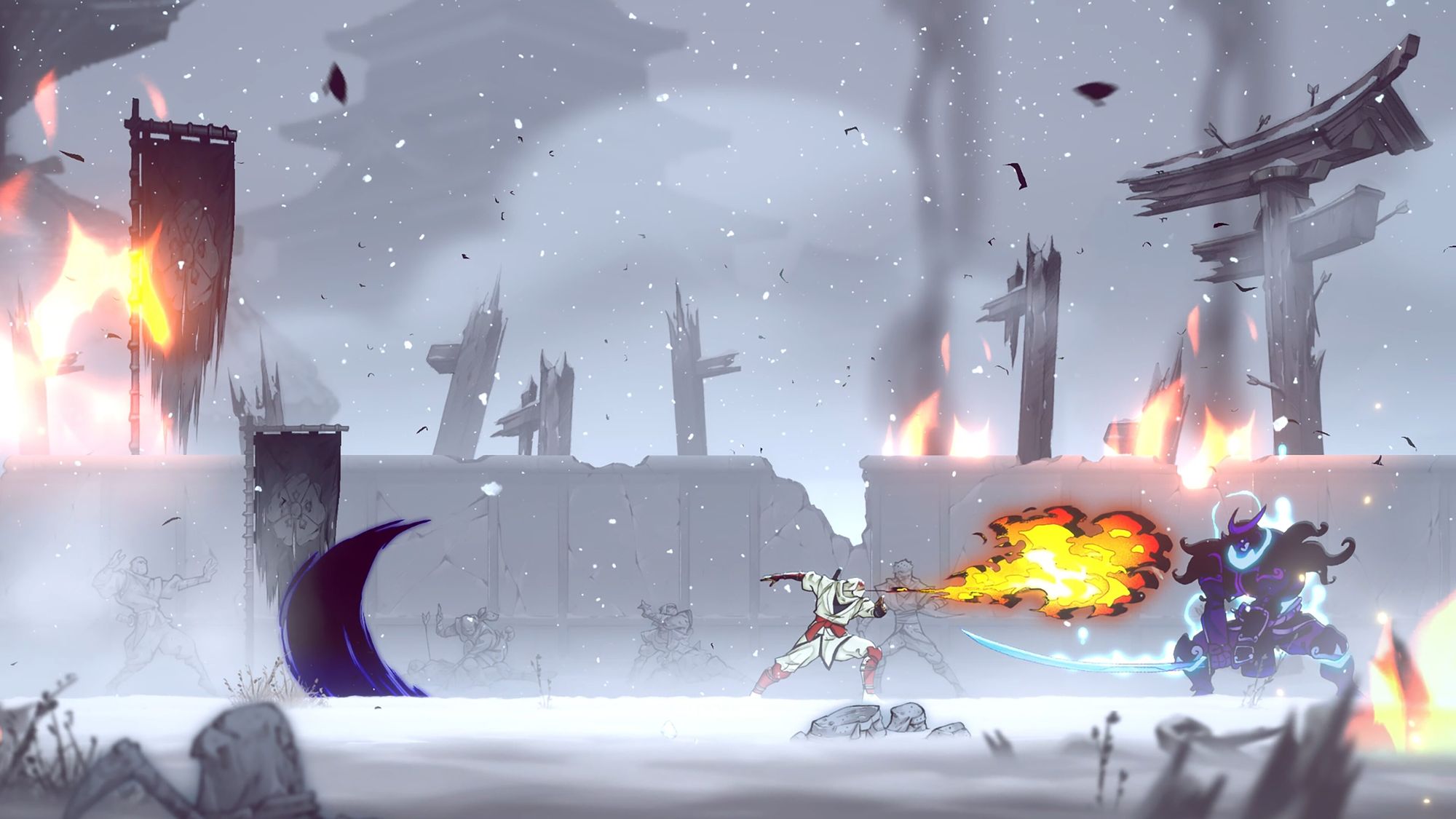
The other portion of the unlockables are a slew of amulets to equip, one that is activated and one being passive, and I found myself sticking with one or two the entire game. I’m not really a fan of continually going into a menu to swap items out that offer a fairly measly boost in a specific move that I rarely use. Instead I focused on keeping and using the amulets that gave me more healing.
I liked that the levels were designed to add plenty of different types of gameplay mechanics, some focusing on platforming or puzzles, some locking the screen to become a combat arena or even a set of each. I also found it very helpful to be able to fast travel around the map, mostly once I started focusing on making sure I found all items within the level before moving on to the boss. I would usually exhaust every area before moving forwards, making sure I uncovered the entire map in any given section.
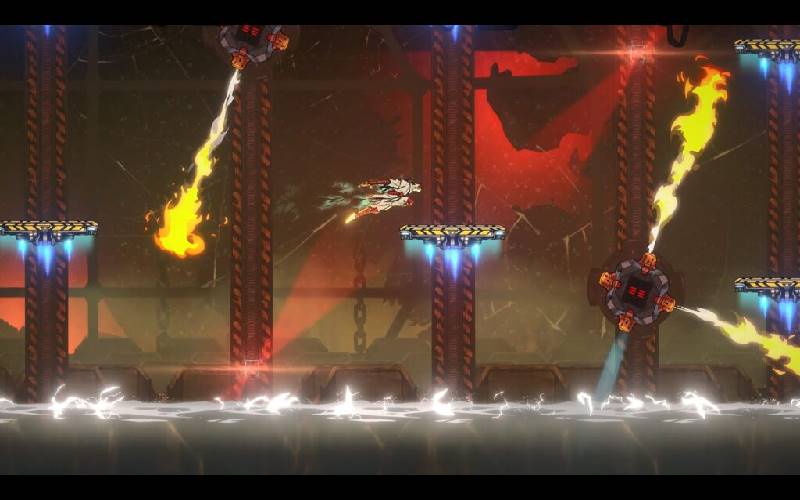
Even the boss fights, which I usually despise in games, felt fun and energetic without becoming boring or a waste of time. I found myself taking out each boss the first time. On the rare occasion that I did have to retry a boss, I ended up killing them on the second or third try. It wasn’t until the very end with the final boss, that has two phases that I had to resort to multiple tries. However, I believe this was mostly due to streaming it and around four hours into the stream I was fatigued from some of the harder puzzle platforming bonus sections.
One odd thing I did find was that there are two “Bonus” stages that are on rails, one taking place on your trusty wolf, and the other on a hover surfboard (which is a throwback/redesign from Revenge of Shinobi on the Genesis). I loved that they brought it back and it was dripping with just enough nostalgia to feel warranted without feeling like it was trying too hard to rely on the memory of older gamers.
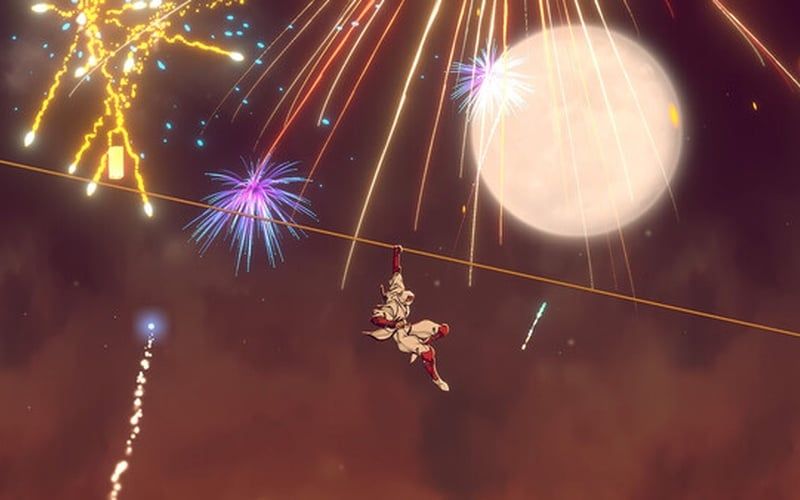
With the Year of the Ninja coming to a close, this was a brilliant way to make the comeback of Joe Musashi and the Shinobi franchise. It brings it to a much more relevant era in gaming without feeling forced or like it was shoehorned into a genre that it didn’t belong to. Instead, it offers challenges without being unfair and annoying and most importantly, it respects the player’s time by giving a lot to uncover without any additional filler. The offshoot areas that house secrets and collectables are incredibly fun to explore and find, and I ended up 100%-ing the entire game. Something that is very rare for me to do, and that I only consider if it’s in the pantheon of games I deem worthy. Shinobi: Art of Vengeance is indeed worthy of being called a great game, and I can’t wait to see where it sits in my Game Of The Year list at the end of an incredible year in video games.
